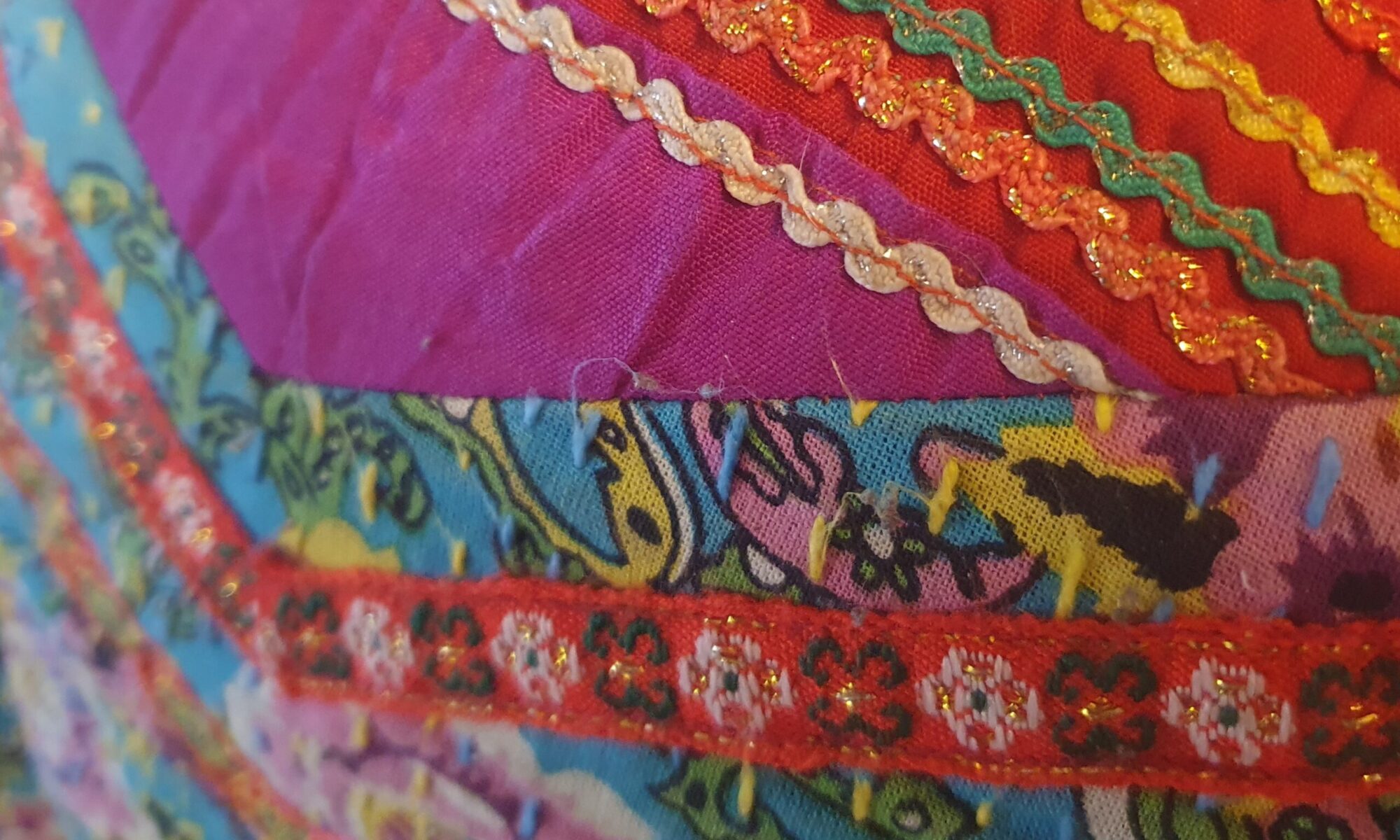There’s a first time for everything.
Thursday I was the co-MC at a rally at my State Capitol. I was there with supporters of abortion rights, and we were joined by supporters of Prop A, which 1.6 million Missourians passed into law in November to guarantee sick leave and an increased minimum wage to the 700,000 Missourians who did not have it. Our Republican supermajority legislature repealed it Wednesday night, acting against the voice of the people. We were there to speak on behalf of the disenfranchised majority of the electorate.
The organizers asked me to MC the day before — I hadn’t been planning to attend, but this felt consequential. It felt worth the sacrifice. So I cleared my schedule, wrote a speech and made the two hour drive the next morning. I loved the energy there, and there was nowhere else I wanted to be. As we waited for the rally to officially begin, one of the organizers asked if I would be willing to talk to a journalist. I said sure, and a minute later the interview was already over.
This wasn’t my first time at our capitol – that was in January 2024. It wasn’t my first time serving as MC or giving a prepared speech about abortion rights. I’ve been doing that all year long at our monthly meetings in my district. And while knocking on doors and phone banking, I’ve talked with so many people about the movement for abortion rights in my state. This didn’t feel like a first. It didn’t feel like a big deal. It was just one more conversation.
I wasn’t expecting anything after that — maybe a print article published on the website of our local affiliate station? But that afternoon I got one text after another from far flung friends saying they heard me on NPR. That was a first. Not bad for volunteer from the suburbs.







